Fetishism, violence and desire: Alexis Hunter in London
‘Alexis Hunter: 10 Seconds’ at London's Richard Saltoun Gallery focuses on the artist’s work from the 1970s, disrupting sexual stereotypes
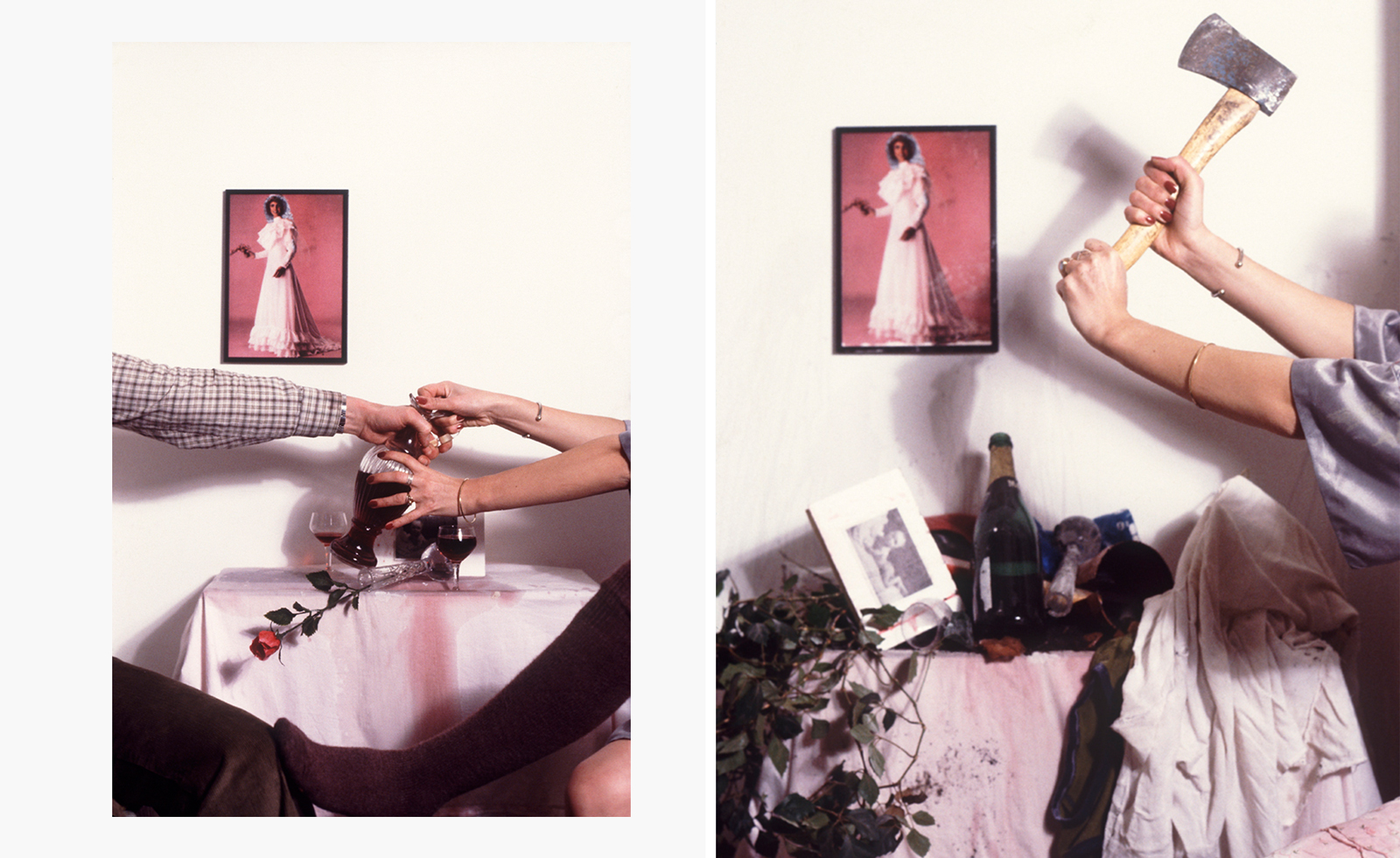
The pervasive, perversive nature of advertising fascinated Alexis Hunter (1948-2014), who experimented with the rapid-fire power of images in her work created in the 1970s. Now, an exhibition at London’s Richard Saltoun Gallery, ‘Alexis Hunter: 10 Seconds’ – referring to the minimum time it takes for an advert to have an impact –delves into the photographic narratives she created in this period.
‘The Tate Britain exhibition, “Women in Revolt“[until 7 April 2024], opened just as I was navigating Hunter’s archive [last November],’ curator Natasha Hoare tells us. ‘The exhibition features a key work, The Marxist’s Wife (still does the housework) (1978/2005), which displays Hunter’s wit and intellectual engagement with second-wave feminism. Given that the [Tate Britain] exhibition is a far-reaching group show, with often only singular works to represent each artist, it seemed important to have a concurrent exhibition in London that provided a broader perspective on this seismic period of Hunter’s life and practice. This period also shows an evolution of her political consciousness expressed through visual means – from initial investigations into identity, perception, and sexual politics, through the photo narratives that so powerfully merge personal experience with psychoanalysis and feminist political and aesthetic theory.’
‘Alexis Hunter: 10 Seconds’
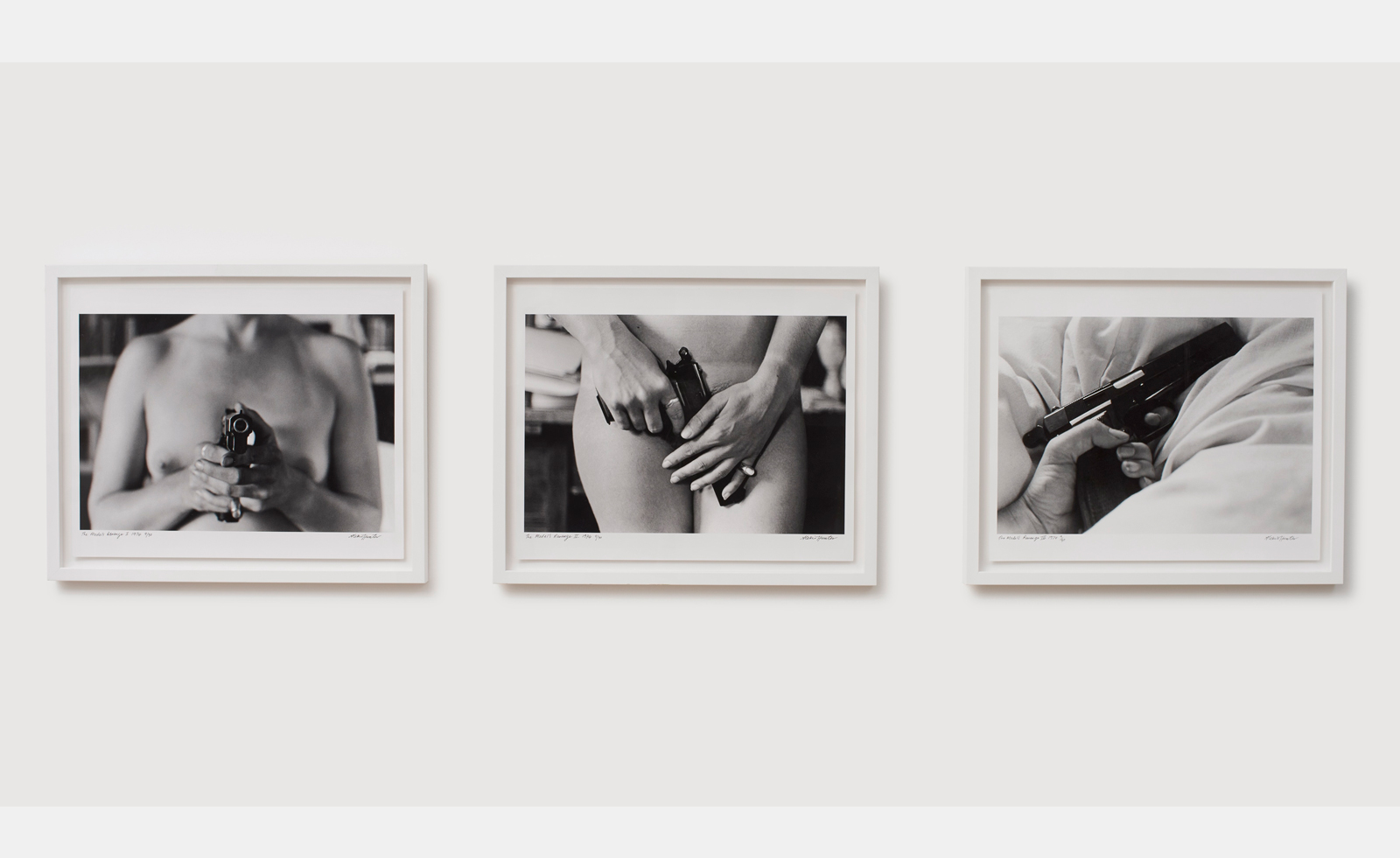
Alexis Hunter, The Model’s Revenge I-III, 1974
Hunter brought a palpable anger to this string of academic references, reflecting on advertising’s tendency to manipulate gender norms in lazy images reverting to stereotypes. A narrative runs throughout her images – the painting of red nails, stiletto shoes on fire, grease-covered motor parts, demolishing a domestic interior – creating an alternative account, separate from the male-dominated mainstream media of the time.
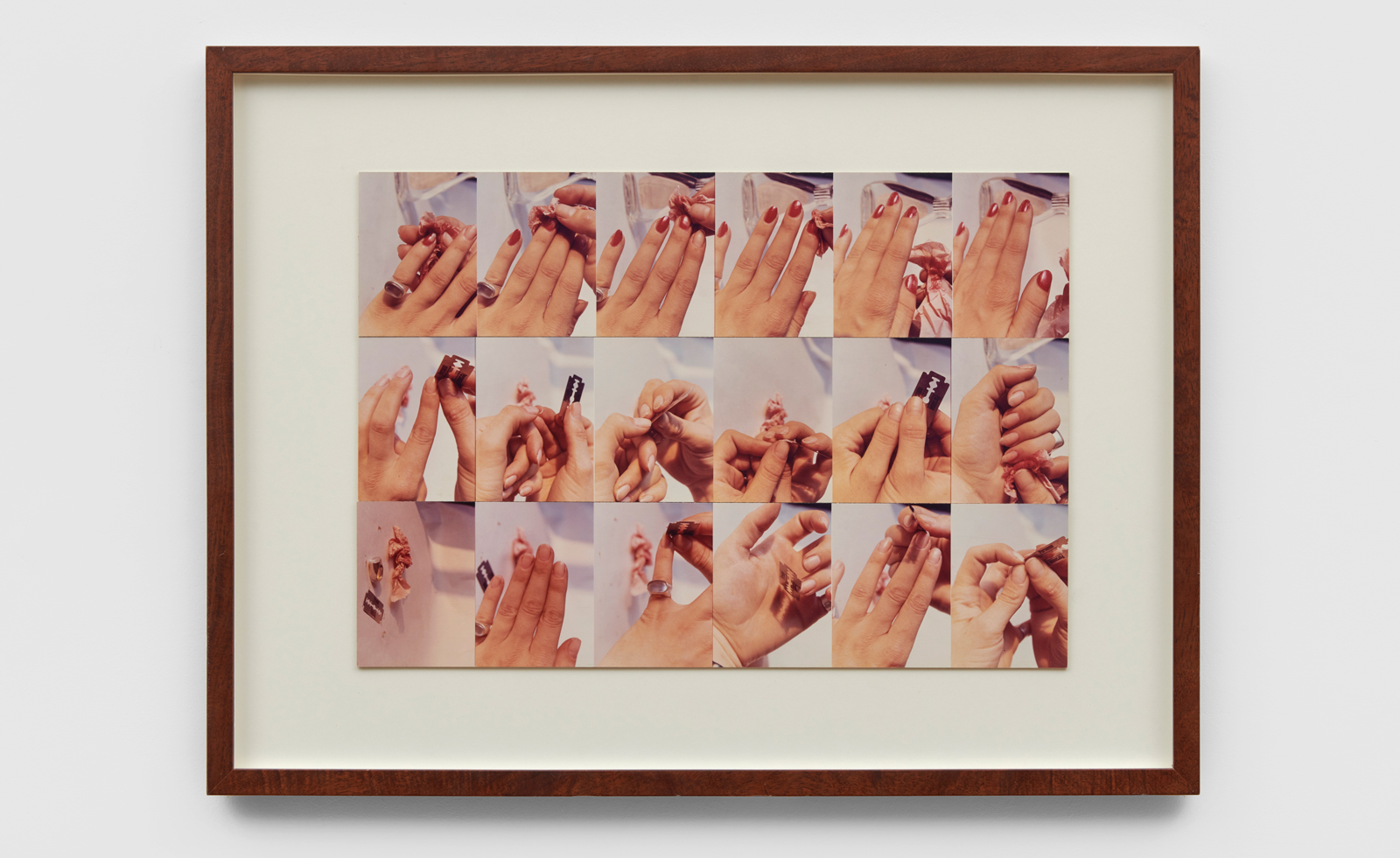
Alexis Hunter, Approach to Fear II : Change Decisive Action, 1976
In this prescient skewering of an instantaneous visual language, Hunter’s work foreshadowed the digital revolution that followed her death in 2014. ‘The dominant image cultures of platforms such as Instagram and SnapChat demand we constantly absorb and negotiate short bursts of video and scroll through thousands of images,’ Hoare adds. ‘The space of attention for media today is as short as the ten seconds that Alexis perceived her photo narratives unfolding across – probably even shorter. Alexis’ practice shows that it is entirely possible to hijack this space, to use these formats to disrupt flows of images that are deployed to shape our opinions, control our body image, articulate gender relations, and mould us as endlessly desiring consumers.
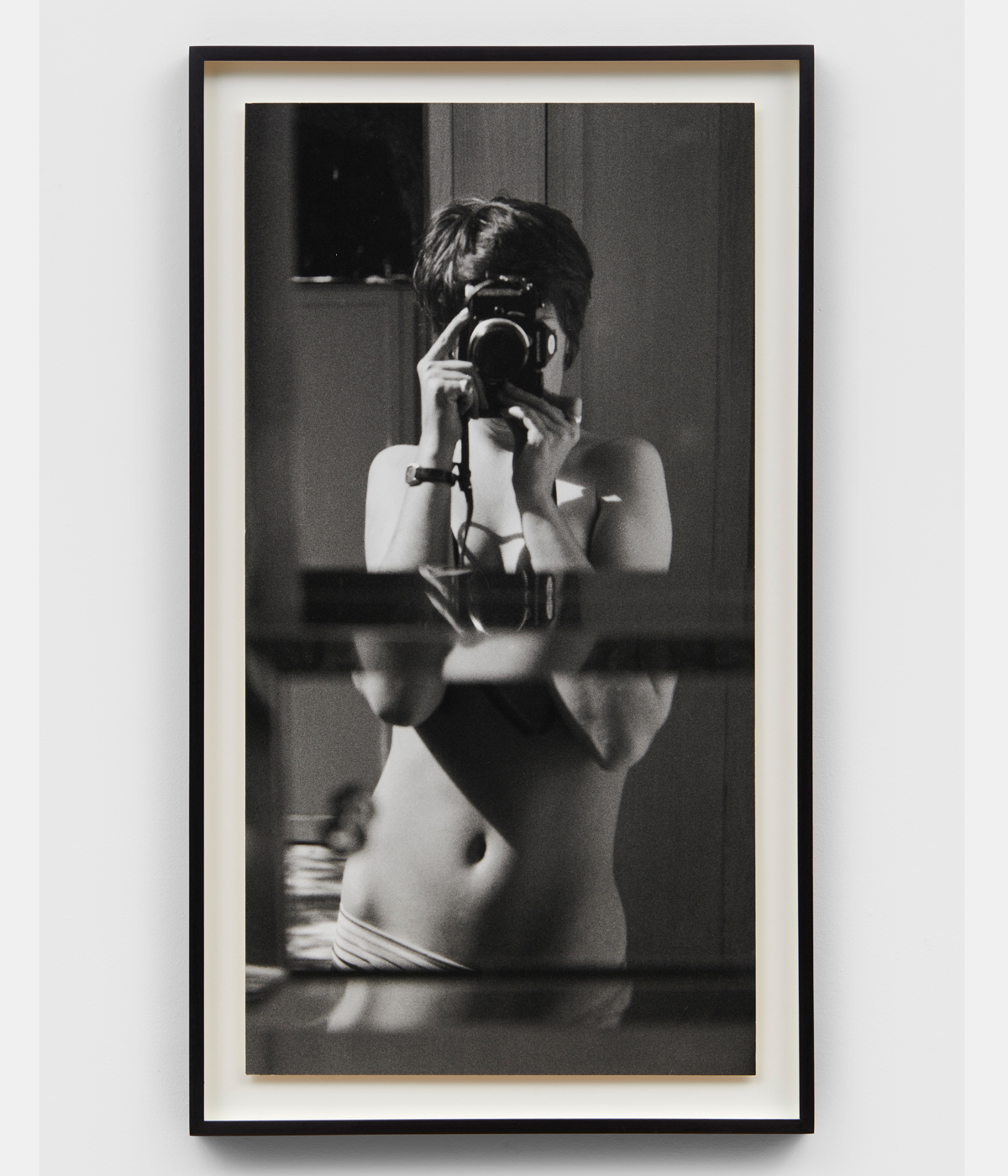
Alexis Hunter, Self-Portrait, 1977/2010
‘We live in a time that is much more intersectional in its engagement with gender, race, sexuality, disability. The second-wave feminist movement that Hunter was part of was limited in regards to these intersectionalities. Nonetheless, her merging of the personal with the political, through a spirit of bold experimentation and storytelling (at a time when photographic printers would refuse to print her images because she was a woman, and male exhibition staff refused to hang them because they deemed them offensive) makes her work continually engaging and relevant for women today, especially in cultural fields which remain dominated by men.’
'Alexis Hunter: 10 Seconds' is on until 30 March 2024 at Richard Saltoun
Wallpaper* Newsletter
Receive our daily digest of inspiration, escapism and design stories from around the world direct to your inbox.
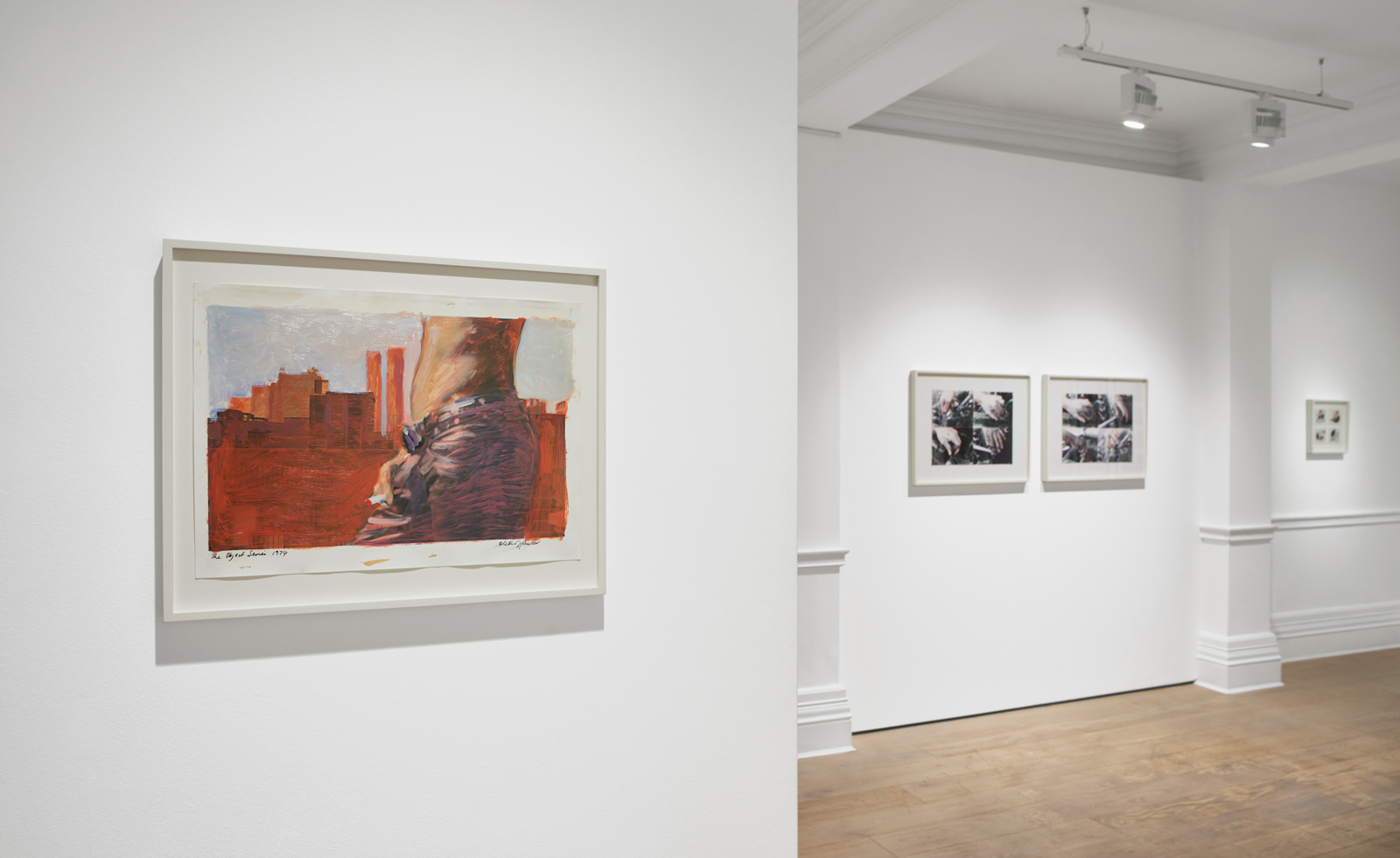
‘Alexis Hunter: 10 Seconds’, curated by Natasha Hoare, installation view at Richard Saltoun Gallery London, 2024
Hannah Silver is the Art, Culture, Watches & Jewellery Editor of Wallpaper*. Since joining in 2019, she has overseen offbeat design trends and in-depth profiles, and written extensively across the worlds of culture and luxury. She enjoys meeting artists and designers, viewing exhibitions and conducting interviews on her frequent travels.
-
 Marylebone restaurant Nina turns up the volume on Italian dining
Marylebone restaurant Nina turns up the volume on Italian diningAt Nina, don’t expect a view of the Amalfi Coast. Do expect pasta, leopard print and industrial chic
By Sofia de la Cruz
-
 Tour the wonderful homes of ‘Casa Mexicana’, an ode to residential architecture in Mexico
Tour the wonderful homes of ‘Casa Mexicana’, an ode to residential architecture in Mexico‘Casa Mexicana’ is a new book celebrating the country’s residential architecture, highlighting its influence across the world
By Ellie Stathaki
-
 Jonathan Anderson is heading to Dior Men
Jonathan Anderson is heading to Dior MenAfter months of speculation, it has been confirmed this morning that Jonathan Anderson, who left Loewe earlier this year, is the successor to Kim Jones at Dior Men
By Jack Moss
-
 Artist Qualeasha Wood explores the digital glitch to weave stories of the Black female experience
Artist Qualeasha Wood explores the digital glitch to weave stories of the Black female experienceIn ‘Malware’, her new London exhibition at Pippy Houldsworth Gallery, the American artist’s tapestries, tuftings and videos delve into the world of internet malfunction
By Hannah Silver
-
 Ed Atkins confronts death at Tate Britain
Ed Atkins confronts death at Tate BritainIn his new London exhibition, the artist prods at the limits of existence through digital and physical works, including a film starring Toby Jones
By Emily Steer
-
 Tom Wesselmann’s 'Up Close' and the anatomy of desire
Tom Wesselmann’s 'Up Close' and the anatomy of desireIn a new exhibition currently on show at Almine Rech in London, Tom Wesselmann challenges the limits of figurative painting
By Sam Moore
-
 A major Frida Kahlo exhibition is coming to the Tate Modern next year
A major Frida Kahlo exhibition is coming to the Tate Modern next yearTate’s 2026 programme includes 'Frida: The Making of an Icon', which will trace the professional and personal life of countercultural figurehead Frida Kahlo
By Anna Solomon
-
 A portrait of the artist: Sotheby’s puts Grayson Perry in the spotlight
A portrait of the artist: Sotheby’s puts Grayson Perry in the spotlightFor more than a decade, photographer Richard Ansett has made Grayson Perry his muse. Now Sotheby’s is staging a selling exhibition of their work
By Hannah Silver
-
 Celia Paul's colony of ghostly apparitions haunts Victoria Miro
Celia Paul's colony of ghostly apparitions haunts Victoria MiroEerie and elegiac new London exhibition ‘Celia Paul: Colony of Ghosts’ is on show at Victoria Miro until 17 April
By Hannah Hutchings-Georgiou
-
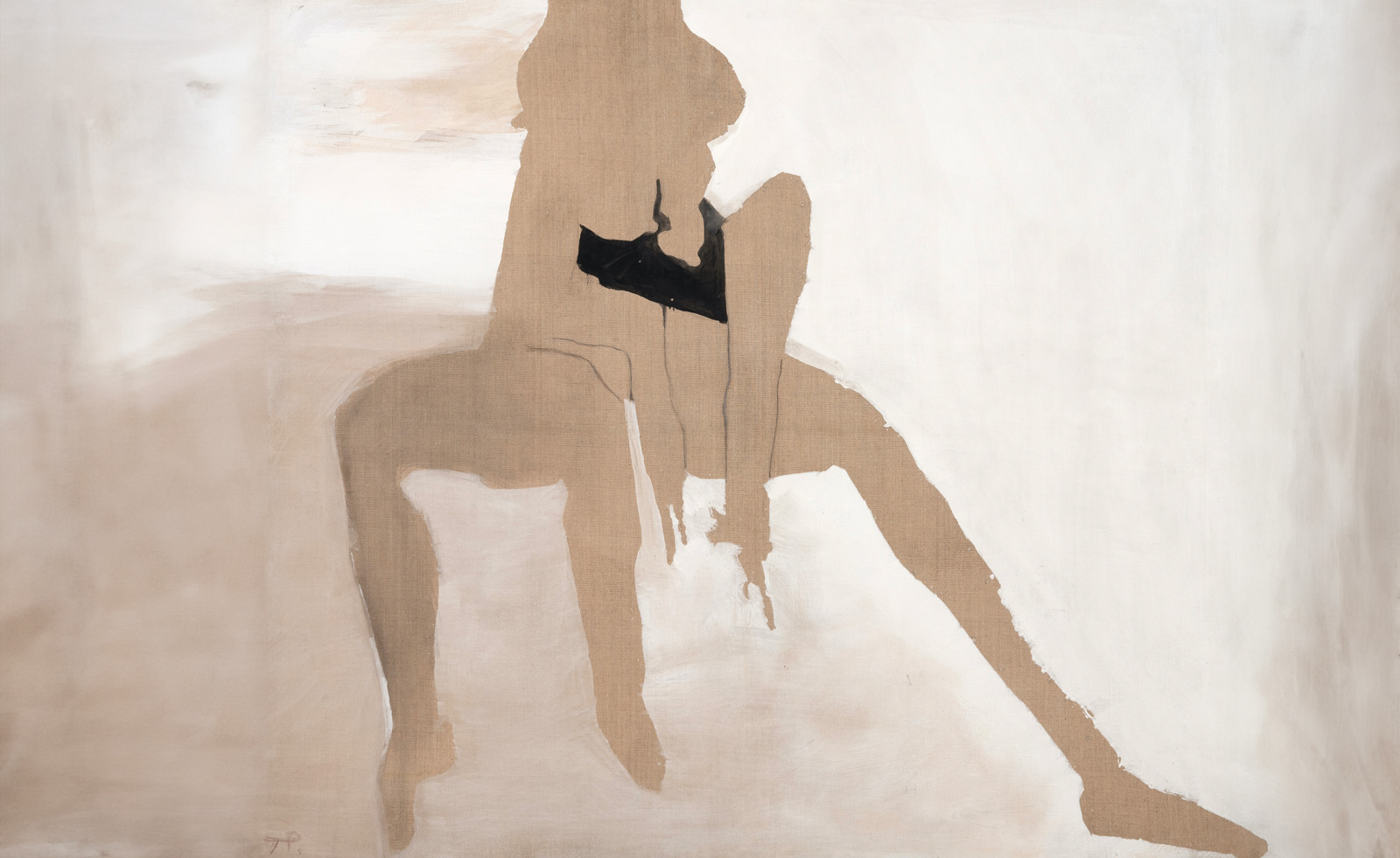 Teresa Pągowska's dreamy interpretations of the female form are in London for the first time
Teresa Pągowska's dreamy interpretations of the female form are in London for the first time‘Shadow Self’ in Thaddaeus Ropac’s 18th-century townhouse gallery in London, presents the first UK solo exhibition of Pągowska’s work
By Sofia Hallström
-
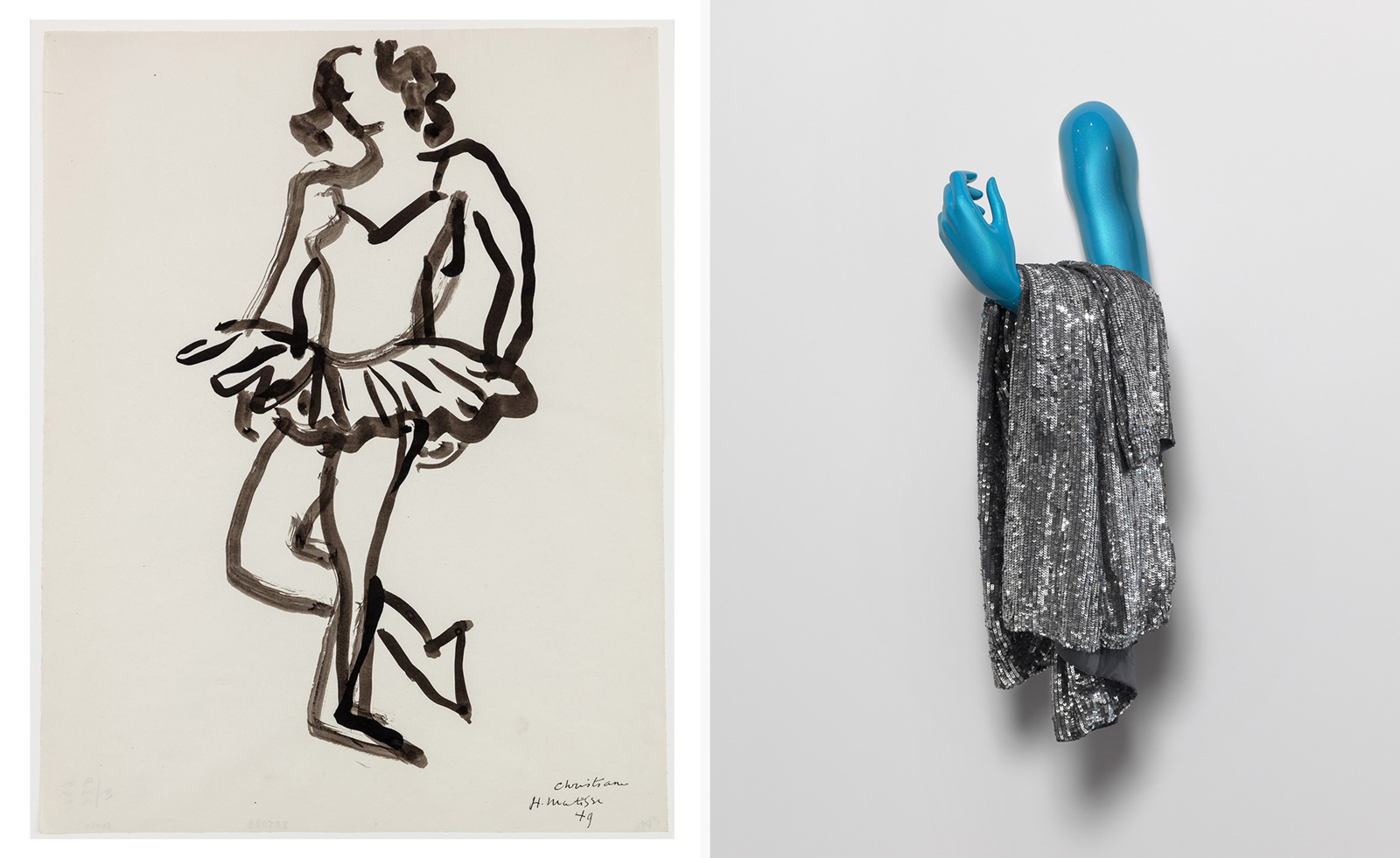 Sylvie Fleury's work in dialogue with Matisse makes for a provocative exploration of the female form
Sylvie Fleury's work in dialogue with Matisse makes for a provocative exploration of the female form'Drawing on Matisse, An Exhibition by Sylvie Fleury’ is on show until 2 May at Luxembourg + Co
By Hannah Silver